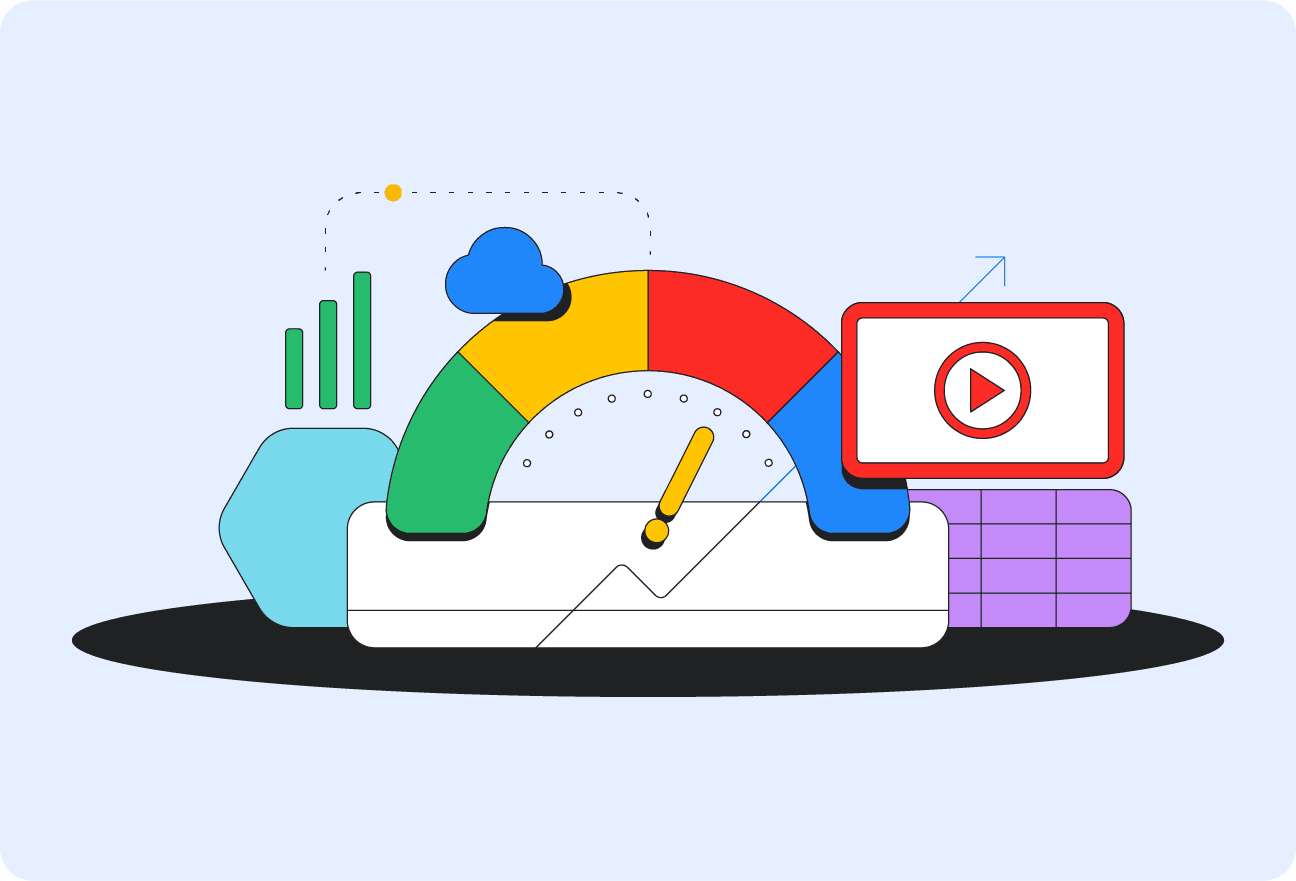All Blogs
Web Performance Optimization Strategies


Web Performance Optimization Strategies
In today's fast-paced digital world, web performance has become a critical factor in user satisfaction and business success. Users expect websites to load quickly and respond instantly to their interactions. This comprehensive guide explores essential strategies for optimizing web performance and delivering exceptional user experiences.
Understanding Performance Metrics
Modern web performance optimization begins with understanding key metrics. Core Web Vitals, including Largest Contentful Paint (LCP), First Input Delay (FID), and Cumulative Layout Shift (CLS), provide crucial insights into user experience. Time to First Byte (TTFB) and First Contentful Paint (FCP) help measure initial loading performance, while Total Blocking Time (TBT) indicates interactivity issues.
Frontend Optimization Techniques
Optimizing frontend performance requires a multi-faceted approach. Code splitting and lazy loading reduce initial bundle sizes, while tree shaking eliminates unused code. Implementing efficient caching strategies, both at the browser and CDN levels, significantly improves load times for returning visitors. Modern image formats like WebP and AVIF, combined with responsive images, optimize visual content delivery.
Backend Performance Optimization
Server-side performance optimization is equally crucial. Implementing efficient database queries and proper indexing reduces response times. Caching frequently accessed data at various levels (application, database, and CDN) minimizes server load. Load balancing and horizontal scaling ensure consistent performance under varying traffic conditions.
Network Optimization
Network performance plays a vital role in overall web performance. Implementing HTTP/2 or HTTP/3 enables multiplexing and header compression, reducing latency. CDN integration distributes content globally, bringing it closer to users. Implementing proper caching headers and compression techniques reduces bandwidth usage and improves load times.
Mobile Performance Considerations
Mobile users face unique performance challenges. Implementing responsive design and mobile-first approaches ensures optimal performance across devices. Reducing JavaScript execution time and optimizing touch interactions improves mobile user experience. Implementing proper viewport settings and avoiding render-blocking resources are essential for mobile performance.
Performance Monitoring and Testing
Continuous performance monitoring is crucial for maintaining optimal web performance. Tools like Lighthouse, WebPageTest, and Chrome DevTools provide valuable insights into performance metrics. Implementing Real User Monitoring (RUM) helps understand actual user experience, while synthetic monitoring helps catch performance regressions before they affect users.
Progressive Enhancement
Implementing progressive enhancement ensures basic functionality works even in challenging conditions. Critical CSS inlining improves initial render time, while deferred loading of non-critical resources prevents render blocking. Implementing service workers enables offline functionality and improves subsequent page loads.
Performance Budgets
Setting and maintaining performance budgets helps teams stay focused on performance goals. Establishing limits for metrics like bundle size, image size, and third-party script impact ensures consistent performance. Regular audits against these budgets help prevent performance degradation over time.
Third-Party Script Management
Third-party scripts can significantly impact performance. Implementing proper loading strategies for third-party resources, such as async or defer attributes, prevents render blocking. Regularly auditing and removing unnecessary third-party scripts helps maintain optimal performance.
Conclusion
Web performance optimization is an ongoing process that requires attention to detail and regular monitoring. By implementing these strategies, developers can create fast, responsive web applications that provide excellent user experiences. Remember that performance optimization is not a one-time task but a continuous effort to maintain and improve user experience.
Further Resources
The Web Performance Working Group provides comprehensive documentation on performance standards and best practices. Google's Web Vitals initiative offers detailed guidance on measuring and improving core web vitals. The Performance Calendar blog features annual articles from performance experts, while the Web Performance Slack community provides a platform for discussing performance optimization strategies.
About the Author

